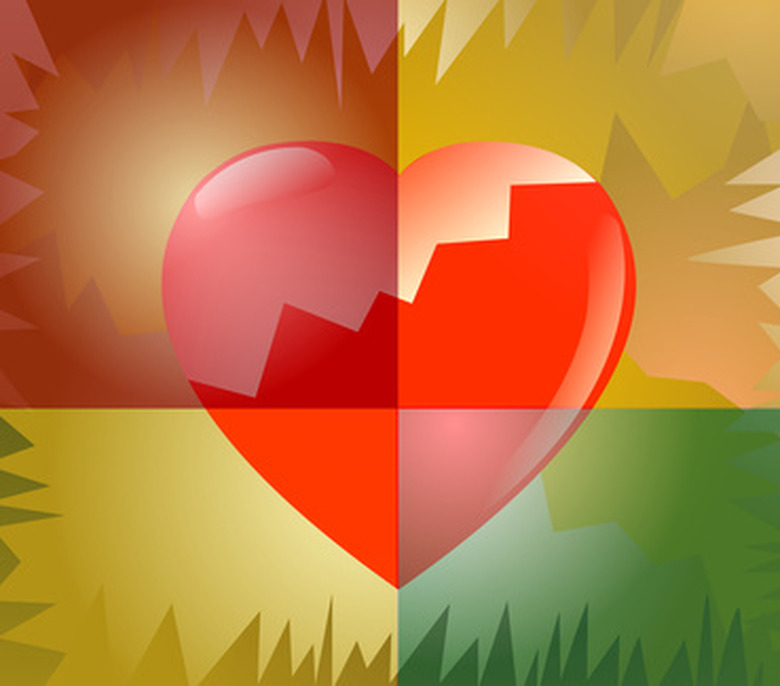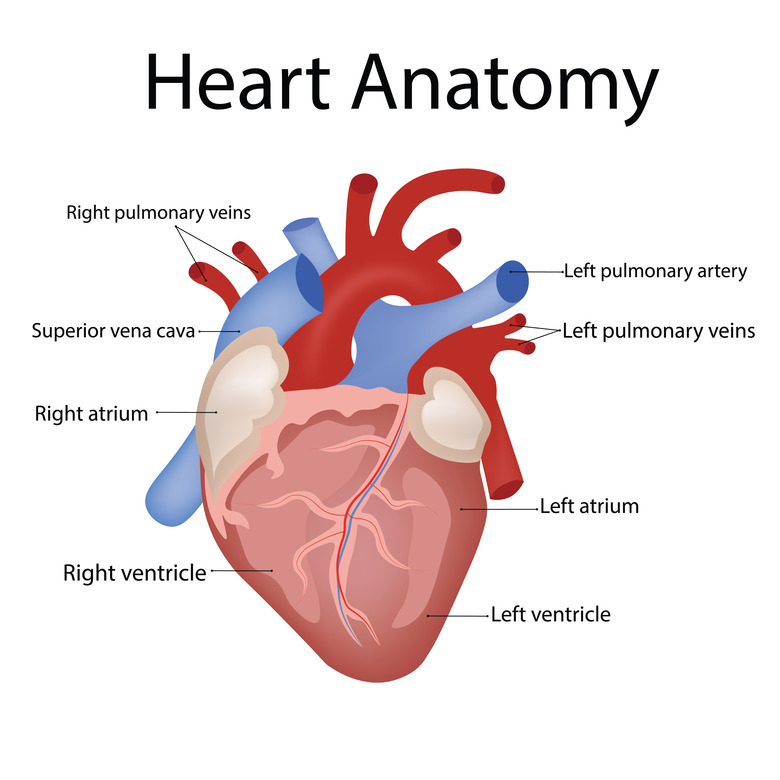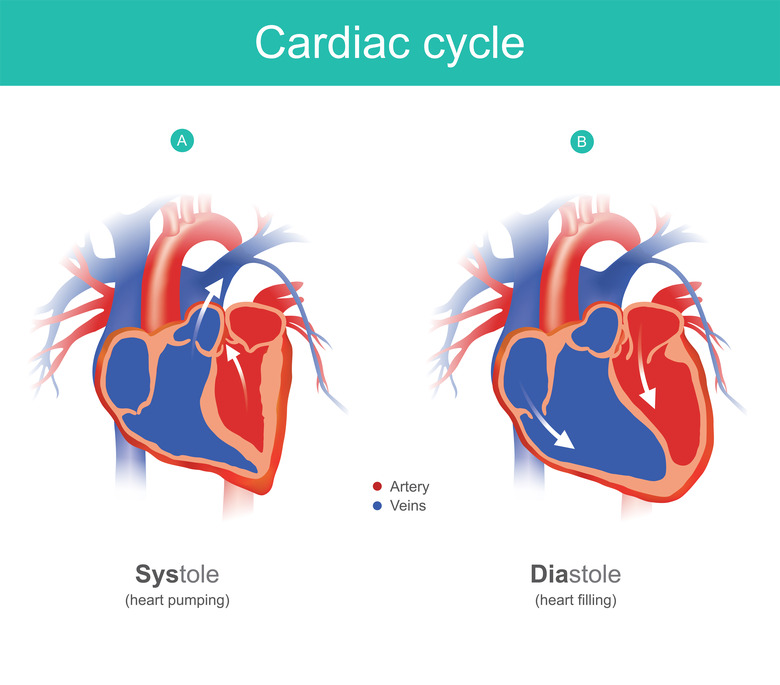What Are The Functions Of The Left & Right Atria?
The heart is the main muscular organ of the circulatory system that pumps blood throughout human body. A human body is densely enervated by an extensive complex network of blood vessels called arteries and veins.
The arteries and veins divide and subdivide further to form smaller blood vessels called capillaries. The arteries pump out oxygenated blood from the heart to all parts of the body while the veins bring deoxygenated blood from different parts of the body to the heart.
Define Atrium and Ventricle
Define Atrium and Ventricle
The heart is divided into four chambers: left atrium, right atrium, left ventricle and right ventricle. The atria are the upper collection chambers of the heart and ventricles are the lower pumping chambers. The atria pump out blood to the ventricles. This is why walls of the atria are thinner than the walls of the ventricles.
The heart contracts and relaxes periodically to circulate blood throughout the body. The time period when the heart contracts is called systole and when it relaxes is called diastole. The atria are filled with blood during diastole.
Blood enters the heart through the left and right atria and leaves through the left and right ventricles. The atria temporarily store blood before pumping them to the ventricles, from where it goes to either the lungs or the rest of the body.
Right Atrium Function
Right Atrium Function
The right atrium is the upper right chamber of the heart. It opens into the right ventricle through the tricuspid valve. The right atrium functions as a storage unit for deoxygenated blood from the body.
The superior vena cava brings deoxygenated blood from body parts located above the heart such as the head and arms. The inferior vena cava is the largest vein in the human body. It carries deoxygenated blood from body parts located below the heart, such as the abdomen and legs. The superior vena cava and inferior vena cava are two large veins that drain deoxygenated blood into the right atrium.
The superior vena cava brings deoxygenated blood from body parts located above the heart such as the head and arms. The inferior vena cava is the largest vein in the human body. It carries deoxygenated blood from body parts located below the heart, such as the abdomen and legs. The coronary sinus is a group of veins that receives deoxygenated blood from cardiac veins.
When the right atrium is filled with deoxygenated blood, it contracts and opens the tricuspid valve. The open valve allows the deoxygenated blood to flow into the right ventricle. Once the right ventricle is full, the tricuspid valve closes to prevent back flow into the right atrium. The right ventricle has an outlet vein called the pulmonary artery, which carries deoxygenated blood to the lungs.
Left Atrium
Left Atrium
The left atrium is the upper left chamber of the heart. It opens into the left ventricle through the mitral valve. It receives oxygenated blood from the lungs through the pulmonary vein. The deoxygenated blood from right ventricle reaches the lungs through the pulmonary artery. It moves through the alveoli of the lungs where it get saturated with oxygen to become oxygenated blood.
The oxygenated blood flows into the pulmonary vein that connects the lung to the left atrium. When the oxygenated blood fills the left atrium, it contracts and opens mitral valve. The oxygenated blood then flows into the left ventricle. The mitral valve shuts once the left ventricle is filled to capacity with oxygenated blood, to prevent its backward flow into the atrium.
The left ventricle then contracts and pumps out the oxygenated blood through a large artery called aorta. Blood from the aorta flows out to all the arteries in the body. The aorta branches into right and left coronary arteries that supply oxygenated blood to the heart.
Functions of the Atria
Functions of the Atria
The left and right atria play a significant role in blood circulation. They act as holding units to store blood before it is pumped out from the ventricles.
References
Cite This Article
MLA
Naik, Kavita. "What Are The Functions Of The Left & Right Atria?" sciencing.com, https://www.sciencing.com/functions-left-right-atria-5959629/. 30 July 2019.
APA
Naik, Kavita. (2019, July 30). What Are The Functions Of The Left & Right Atria?. sciencing.com. Retrieved from https://www.sciencing.com/functions-left-right-atria-5959629/
Chicago
Naik, Kavita. What Are The Functions Of The Left & Right Atria? last modified March 24, 2022. https://www.sciencing.com/functions-left-right-atria-5959629/


